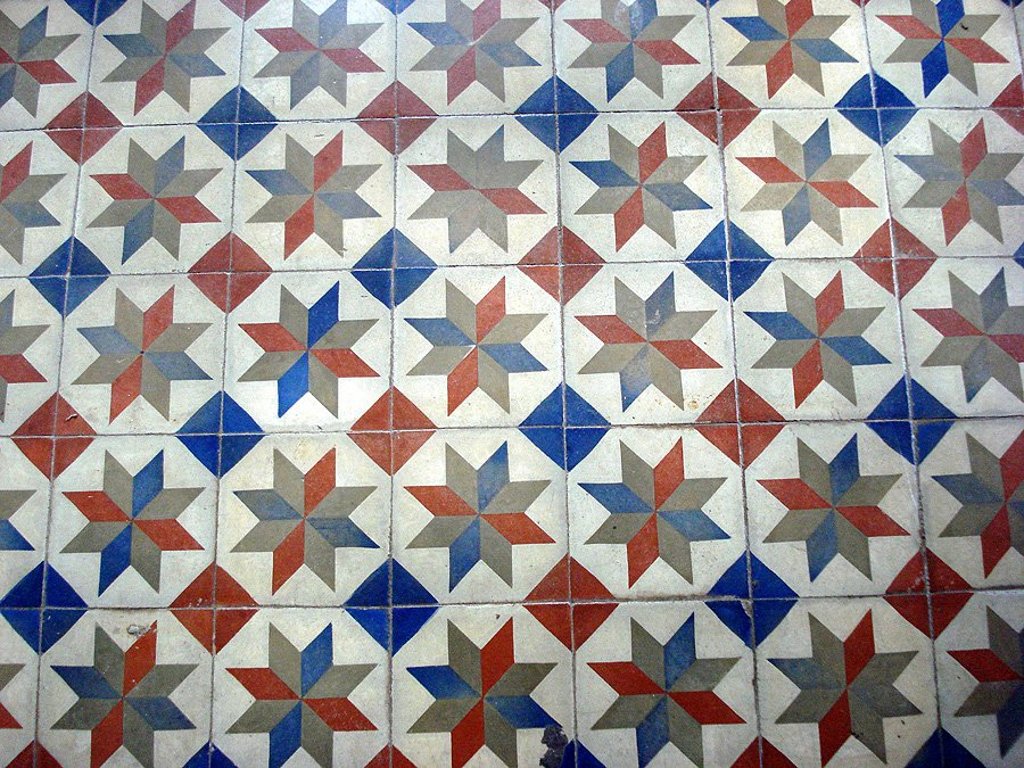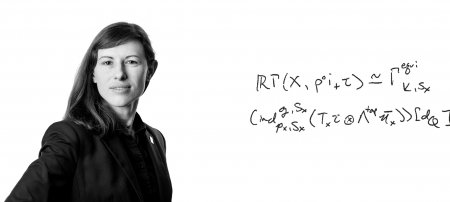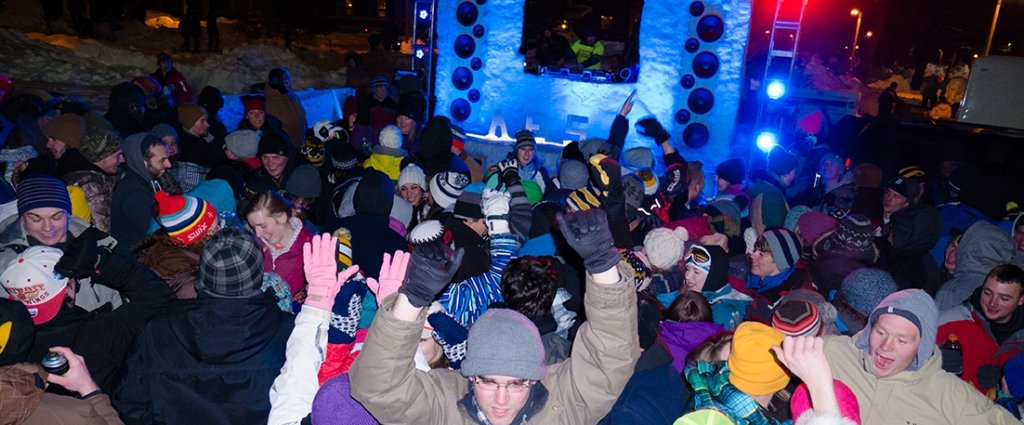Kitchen floor designs requires more than random arrangement of tiles. Commonly taken for granted, mathematical permutations go beyond each individual piece to create a masterpiece.
Like pioneers on the forefront of western expansion, Richard Stanley and pure mathematicians like him explore the unknown, abstract world to find what exists at the edge of mathematics. And it just so happens that their work matters for more mundane tasks like remodeling the bathroom.
Stanley, a professor of mathematics at MIT, says pursuing math and not having a goal “can be advantageous.” Setting goals and strict expectations can often hinder the creative abilities of many mathematicians, impeding their ability to find hidden connections and discoveries. By keeping an open mind, mathematicians open the door to a world of unexplored possibilities. To quote an age-old phrase; it’s not the destination that matters, but rather the journey.
In early October, Stanley visited Michigan Technological University to give the 2016 Kliakhandler Lectures on the subject of alternating permutations and the applications to tiling floors.
"Often in mathematics, pure mathematicians are way ahead of the applications; they work out these wonderful relationships and people learn how to take advantage of them."
Combinatorics
Since most people have a hard enough time calculating how much to tip their waiter at a restaurant, the concept of permutations may sound daunting. At its heart, though, it’s not a complicated matter.
Basically, permutations are a way to order or arrange a set of numbers or things. Permutations are much like simple combinations, or an arranged set of numbers, except the order of the numbers matter. Bike locks provide a very simple example of permutations, where a simple four-digit permutation can unlock the bike, but only in a specific order. The applications of this concept seem endless, especially for computer programs and software. By using ordered sets of numbers and data, permutations can help run more complex algorithms to process larger amounts of data as computers become faster and more advanced.
Stanley is the author of more than 170 peer-reviewed papers discussing his research, as well as the author of numerous books and monographs. His work not only pertains to alternating permutations, but a wide array of mathematical principles and topics regarding links and connections found between number sets. This all falls under the general math umbrella of combinatorics.
A recent paper of his in the Journal of Combinatorial Theory Series A explores the Smith normal form, a combinatorics matrix algorithm used in computing; his recent textbook, “Algebraic Combinatorics: Walks, Trees, Tableaux, and more,” published by Springer in 2013 explains the general topic of algebraic combinatorics in more detail. Combinatorics is both significant and important because of its, at times accidental, practicality, meaning that it can sometimes apply to the most unusual of places and situations. An example is Stanley’s work dealing with aspects of parking functions -- yes, like the order in which automotive vehicles park -- and their mathematical counterparts.
The Art of Math
To Fabrizio Zanello, professor of mathematical sciences at Michigan Tech, math and art go hand in hand. For Zanello, pure mathematics deals less with the practical applications of his work, but more with the beauty and wonders behind connections.
“Everybody wants to see how two things could be related, in any topic, and when they discover a connection and look deeper, then that’s a good motivation to do math,” Zanello says.
Did Lewis and Clark ever imagine that their journey would lead to one of the greatest gold rushes and pioneer migrations in all of US history? Perhaps not. But the idea that there was a frontier waiting to be explored, right in front of them, teasing them to begin their voyage, was enough. This idea holds true for many pure mathematicians like Zanello and Stanley, who are entranced with connections they can find.
“Some of these subjects, like group theory, are so abstract at first, but now they are fundamental to quantum mechanics,” Stanley says, adding that a prominent British mathematician, G.H. Hardy, once famously said that number theory would have never found any real world applications. “That's why he found it so beautiful, it’s so pure, but now it’s applied to cryptography and is very essential,” Stanley points out.
They are like marine biologists venturing to the darkest undersea valleys of the Marianas Trench. Returning to the surface with stories and documentation of a multitude of newly discovered organisms, unthinkable to even the most imaginative of dreams, pure mathematicians look to the most abstract of concepts to find connections in fields that could hold untold potential. And there is great beauty in diving so deep.
What makes math so distinct and different from other academic fields is the idea of a universal language. Math, in itself, is true language in the tongue of the cosmos, transcending time and space. Math is art that binds the furthest stars, millions of light-years away, to the individual human using a computer to read this article. Math allows scientists to communicate not only to each other, or even possible living organisms hidden away in the vacuum of space, but to also give a glance into the eyes of the heavens to understand more than simple algebraic solutions. Math is the paintbrush that unveils the beautiful portrait of the universe around us, concealed behind a blank canvas.
"Sometimes you’re attracted by certain problems; other times you don't have such a concrete objective; you just see what you can do. Get some idea for some new technique and see where it can take you."
Michigan Technological University is an R1 public research university founded in 1885 in Houghton, and is home to nearly 7,500 students from more than 60 countries around the world. Consistently ranked among the best universities in the country for return on investment, Michigan's flagship technological university offers more than 185 undergraduate and graduate degree programs in science and technology, engineering, computing, forestry, business, health professions, humanities, mathematics, social sciences, and the arts. The rural campus is situated just miles from Lake Superior in Michigan's Upper Peninsula, offering year-round opportunities for outdoor adventure.






Comments